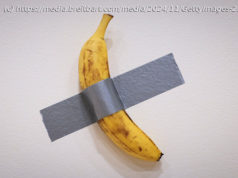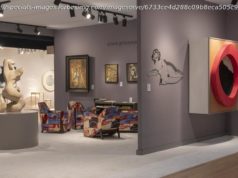The rise of multiculturalism began to change America’s racial sensibilities 10 years later, in part because intellectuals and journalists of color challenged racist images.
At the time Virginia’s future political leaders put on blackface in college for fun, Dan Aykroyd wore it too – in the hit 1983 comedy “Trading Places.”
Sports announcers of that time often described Boston Celtics player Larry Bird, who is white, as “smart” while describing his black NBA opponents as athletically gifted.
Such racial insensitivities ran rampant in popular culture during the 1980s, the era in which Virginia Gov. Ralph Northam and the state’s attorney general, Mark Herring, have admitted to wearing blackface as they mimicked pop singer Michael Jackson and rapper Kurtis Blow, respectively.
Meanwhile, Chicago elected its first black mayor, Michael Jackson made music history with his “Thriller” album, U. S. college students protested against South Africa’s racist system of apartheid and the stereotype-smashing sitcom “The Cosby Show” debuted on network television.
It would be another 10 years before the rise of multiculturalism began to change America’s racial sensibilities, in part because intellectuals and journalists of color were better positioned to successfully challenge racist images, and Hollywood began to listen.
“We are in a stronger position to educate the American public about symbols and cultural practices that are harmful today than we were in the 1980s,” said Henry Louis Gates Jr., director of the Hutchins Center for African & African American Research at Harvard University.
During the ’80s, college faculties and student bodies were less diverse, Gates said. Some scholars who entered college during the 1960s had yet to take on roles in which mainstream culture would heed their cultural critiques, he said.
At the time Northam and Herring put on black makeup, Hollywood and popular culture still sent messages that racial stereotypes and racist imagery were comical and harmless, despite pleas from civil rights groups and black newspapers.
Herring was a 19-year-old University of Virginia student when he wore brown makeup and a wig to look like rapper Kurtis Blow at a 1980 party.






